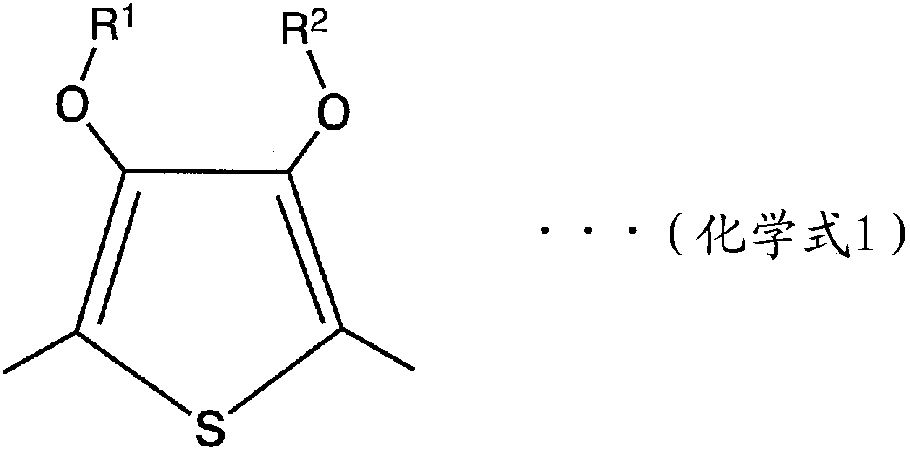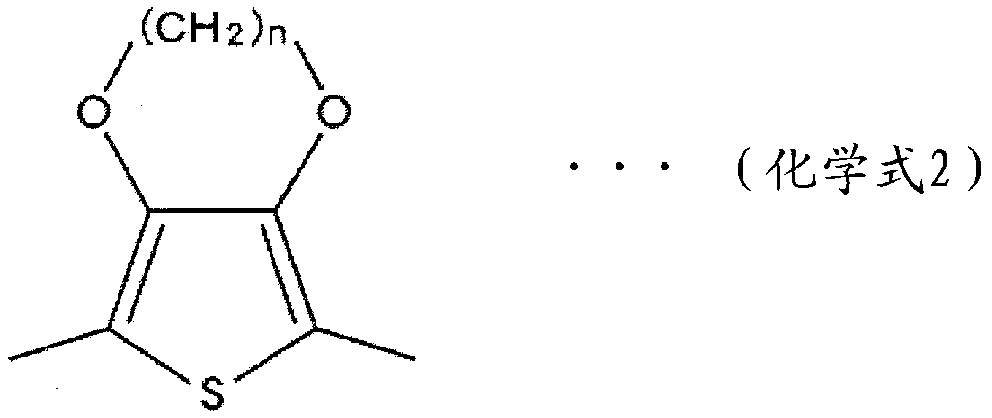Mold release film
A release film and release agent technology, which is applied in the direction of film/sheet adhesives, synthetic resin layered products, coatings, etc., can solve the problem of insufficient adhesion between the release layer and the antistatic layer
- Summary
- Abstract
- Description
- Claims
- Application Information
AI Technical Summary
Problems solved by technology
Method used
Image
Examples
manufacture example
[0082] As a specific manufacturing example of a urethane resin, the method using the reaction of a hydroxyl group and an isocyanate is mentioned, for example. As the hydroxyl group used as a raw material, a polyol is suitably used, and examples thereof include polyether polyols, polyester polyols, polycarbonate polyols, polyolefin polyols, and acrylic polyols. These compounds may be used alone or in combination.
[0083] Examples of polyether polyols include polyethylene glycol, polypropylene glycol, polyethylene propylene glycol, polytetramethylene ether glycol, polyhexamethylene ether glycol, and the like.
[0084] Examples of polyester polyols include polycarboxylic acids (malonic acid, succinic acid, glutaric acid, adipic acid, pimelic acid, suberic acid, sebacic acid, fumaric acid, maleic acid, terephthalic acid, isophthalic acid, etc.) or their anhydrides and polyols (ethylene glycol, diethylene glycol, triethylene glycol, propylene glycol, dipropylene glycol, tripropyl...
Embodiment 1A
[0182] The above-mentioned polyester (1) is supplied as a raw material to an extruder with a vent hole, and after being melt-extruded at 290°C, it is carried out on a cooling roll with a surface temperature set at 40°C using an electrostatic application method. After cooling and solidification, an amorphous film with a thickness of about 550 μm was obtained.
[0183] The film was stretched 3.7 times in the longitudinal direction at 85° C., 3.9 times in the transverse direction at 100° C., and heat-treated at 210° C. to obtain a biaxially stretched polyester film with a thickness of 38 μm.
[0184] Use the reverse gravure coating method to apply the release agent composition shown below at a coating amount (after drying) of 0.200 g / m 2 It was coated on the obtained polyester film in the same way as above, and a roll-shaped release film was obtained under the conditions of a dryer temperature of 150° C. and a line speed of 30 m / min. The evaluation results of the release film ar...
Embodiment 2A~4A
[0189] [Examples 2A to 4A], [Comparative Examples 1A to 6A]
[0190] Except having changed into the release agent composition shown in Table 1A about a silicone type release layer, it manufactured similarly to Example 1A, and obtained the release film. The evaluation results of the release film are shown in Table 2A.
[0191]
[0192] a1: Vinyl-modified silicone resin having at least 2 vinyl groups in the structure of polydimethylsiloxane (weight average molecular weight: 2000)
[0193] a2: Vinyl-modified silicone resin having at least 2 vinyl groups in the structure of polydimethylsiloxane (weight average molecular weight: 20000)
[0194]a3: Vinyl-modified silicone resin having at least 2 vinyl groups in the structure of polydimethylsiloxane (weight average molecular weight: 1000)
[0195] a4: Vinyl-modified silicone resin having at least 2 vinyl groups in the structure of polydimethylsiloxane (weight average molecular weight: 60000)
[0196] a5: Vinyl-modified silicone ...
PUM
| Property | Measurement | Unit |
|---|---|---|
| particle size | aaaaa | aaaaa |
| thickness | aaaaa | aaaaa |
Abstract
Description
Claims
Application Information
 Login to View More
Login to View More - R&D
- Intellectual Property
- Life Sciences
- Materials
- Tech Scout
- Unparalleled Data Quality
- Higher Quality Content
- 60% Fewer Hallucinations
Browse by: Latest US Patents, China's latest patents, Technical Efficacy Thesaurus, Application Domain, Technology Topic, Popular Technical Reports.
© 2025 PatSnap. All rights reserved.Legal|Privacy policy|Modern Slavery Act Transparency Statement|Sitemap|About US| Contact US: help@patsnap.com



